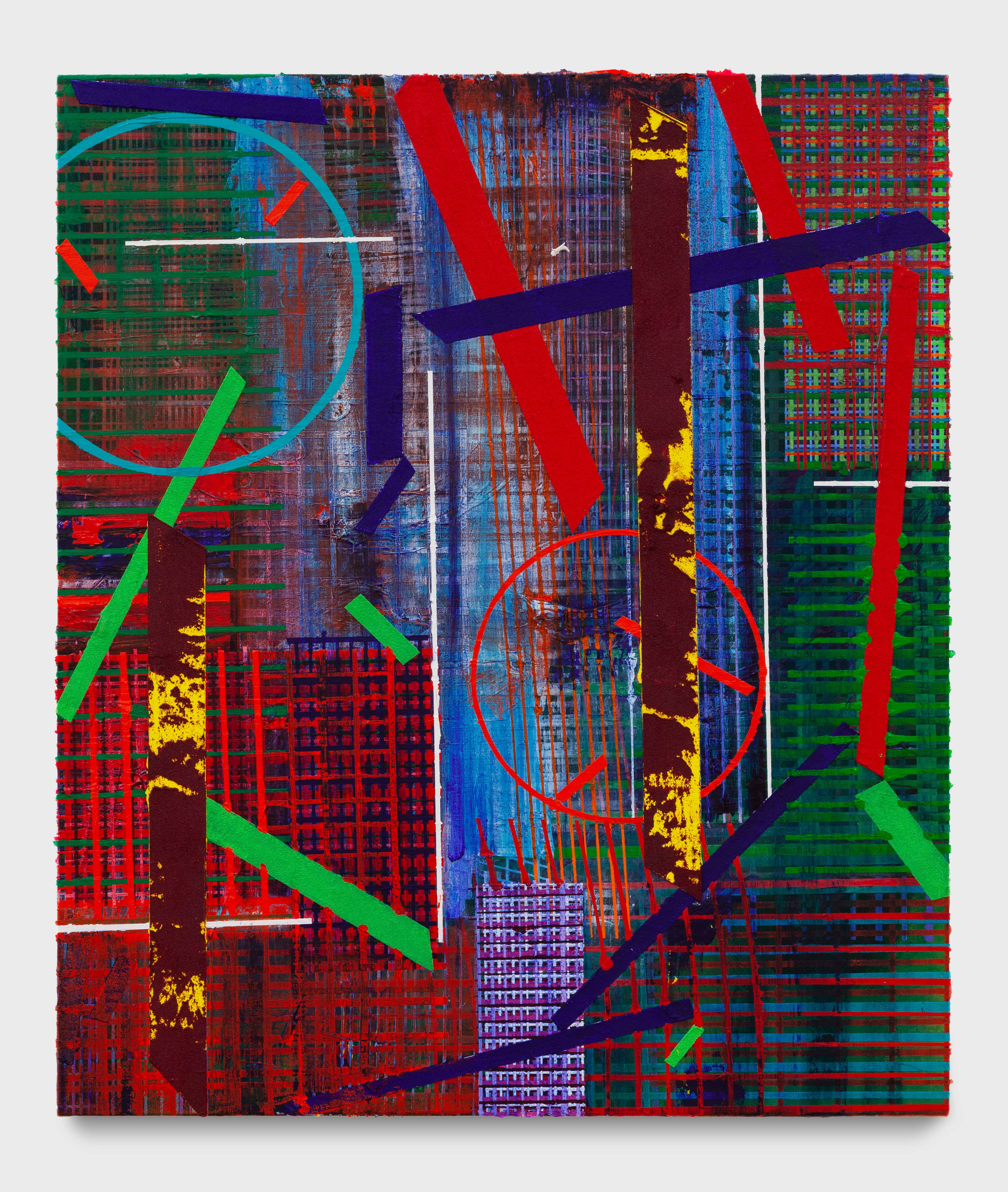
Yukie Ishikawa
b. 1961
ART WEEK TOKYO | NOVEMBER 2–5, 2023
SECTION 05
Painting underwent major changes in Europe in the latter half of the 19th century. Inspired by the latest scientific knowledge, artists sought to reposition color as the protagonist of painting, or its perception, rather than a secondary property of substance. The German realist and modernist painter Adolf Hölzel believed that the manipulation of simultaneous color contrasts allowed viewers to forget the materiality of the paint itself, thereby bringing painting closer to the realm of the immaterial. The French pointillist Paul Signac was also convinced color could exist separately from material. Of course, one motivation for such projects to emancipate color from materiality was the desire to access a spiritual dimension.
Contemporaneous Japanese artists and their successors, however, never really took to this movement (an exception being the early 20th-century writer and poet Kenji Miyazawa). Since Japan’s humid climate tends to dampen colors, causing them to hold fast to materials, the idea of using color to emancipate painting from materiality probably didn’t make much sense to them.
But things have shifted in recent decades. More artists are experimenting with giving color agency by emancipating it from materiality and form. As Wassily Kandinsky did before him, O Jun attempts to approach the spiritual by freeing color from line (cat. no. 25). Shinro Ohtake, no stranger to Marcel Duchamp, pursues the retinal pleasure that Duchamp rejected by incorporating elements like photographic processes and resin into his mixed-media paintings (cat. no. 23). And then there’s Masato Kobayashi, who deconstructs the physical support of painting to work in oil with canvas rather than on canvas (cat. no. 26). There’s something almost theological about Kobayashi’s attempts to turn the phenomenon of color in paint into a miracle by setting it free from the fiction of the picture plane.